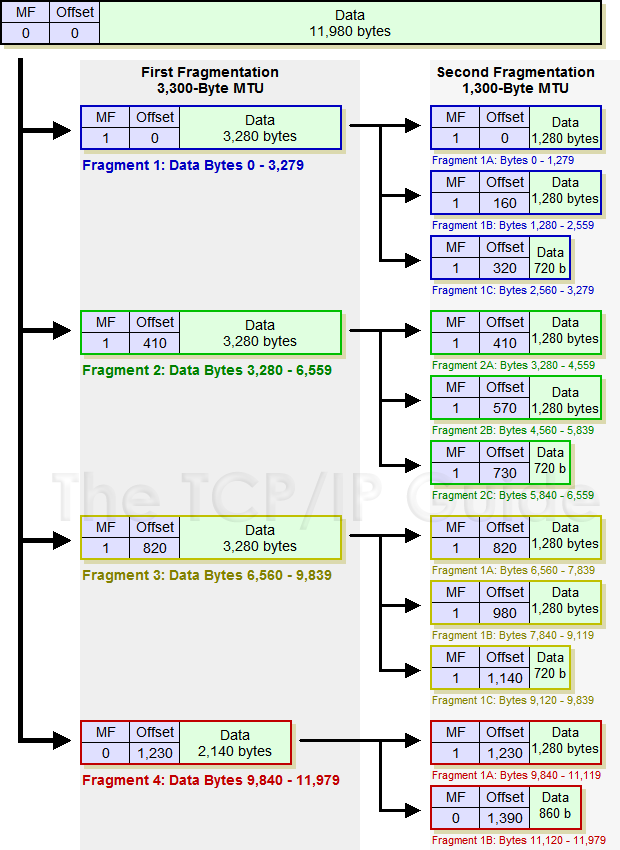 |
|
Please Whitelist This Site?
I know everyone hates ads. But please understand that I am providing premium content for free that takes hundreds of hours of time to research and write. I don't want to go to a pay-only model like some sites, but when more and more people block ads, I end up working for free. And I have a family to support, just like you. :)
If you like The TCP/IP Guide, please consider the download version. It's priced very economically and you can read all of it in a convenient format without ads.
If you want to use this site for free, I'd be grateful if you could add the site to the whitelist for Adblock. To do so, just open the Adblock menu and select "Disable on tcpipguide.com". Or go to the Tools menu and select "Adblock Plus Preferences...". Then click "Add Filter..." at the bottom, and add this string: "@@||tcpipguide.com^$document". Then just click OK.
Thanks for your understanding!
Sincerely, Charles Kozierok
Author and Publisher, The TCP/IP Guide
|
|
|

Custom Search
|
|
IP Message Fragmentation Process
(Page 2 of 4)
The IP Fragmentation Process: An Example
The device performing the fragmentation follows a specific algorithm to divide the message into fragments for transmission. The exact implementation of the fragmentation process depends on the device. Let's take the same example from the previous topic, an IP message 12,000 bytes wide (including the 20-byte IP header) that needs to be sent over a link with an MTU of 3,300. Here's a typical method by which this fragmentation might be performed (you may find the illustration in Figure 90 helpful):
|
- Create First Fragment: The first
fragment is created by taking the first 3,300 bytes of the 12,000-byte
IP datagram. This includes the original header, which becomes the IP
header of the first fragment (with certain fields changed as described
below). So, 3,280 bytes of data are in the first fragment. This leaves
8,700 bytes to encapsulate (11,980 minus 3,280).
- Create Second Fragment: The
next 3,280 bytes of data are taken from the 8,700 bytes that remain
after the first fragment was built, and paired with a new header to
create fragment #2. This leaves 5,420 bytes.
- Create Third Fragment: The third
fragment is created from the next 3,280 bytes of data, with a 20-byte
header. This leaves 2,140 bytes of data.
- Create Fourth Fragment: The remaining 2,140 bytes are placed into the fourth fragment, with a 20-byte header of course.
I want to emphasize two important points here. First, IP fragmentation does not work by fully encapsulating the original IP message into the Data fields of the fragments. If this were done, the first 20 bytes of the Data field of the first fragment would contain the original IP header. This technique is used by some other protocols, such as the PPP Multilink Protocol, but not by IP. The original IP header is “transformed” into the IP header of the first fragment.
Second, note that the total number of bytes transmitted increases: we are sending 12,060 bytes (3,300 times three plus 2,160) instead of 12,000. The extra 60 bytes are from the additional headers in the second, third and fourth fragments. (The increase in size could theoretically be even larger if the headers contain options.)
|
| |||||||||||||||||||
Home - Table Of Contents - Contact Us
The TCP/IP Guide (http://www.TCPIPGuide.com)
Version 3.0 - Version Date: September 20, 2005
© Copyright 2001-2005 Charles M. Kozierok. All Rights Reserved.
Not responsible for any loss resulting from the use of this site.







